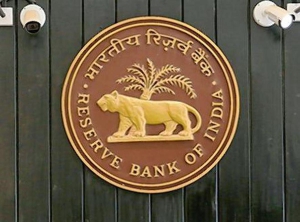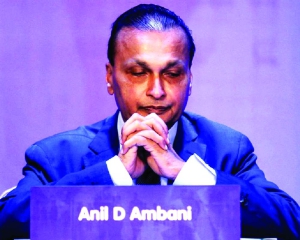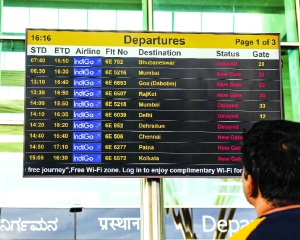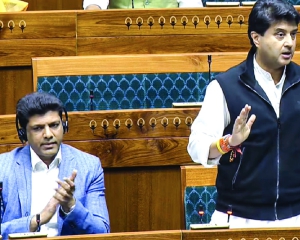Prior to the formation of writers’ class in India, the intellectual scene was dominated by Shruti and Smriti or oral tradition presided over exclusively by Brahmins. The writers class called Karnam in the beginning undertook the professions of scribe (Lekhak), accountant (ganak), and teacher (Shikshak) and they culminated into a caste called Kayasth.
The rise of Kayasthas as a caste is linked to the formation of states in ancient Indian history, though there are several reference of their ancestral God, Shri Chitragupta in scriptural sources such as Vedas and Puranas much earlier.
The initial historical reference of the word ‘Kayasth’ is found in Buddhist literature, Yajna Valkya, and Kushan’s period inscription.
Mythologically, the 12 sons of Shri Chitragupta came to be known as Kayasth because their father, Shri Chitragupta emerged out of Lord Brahma’s whole Kaya (body). Because of Chitragupta’s image resting secretly (gupt) in Brahma’s mind (chitt), he was named Chitragupta. Shri Chitragupta descended on earth in Kayatha near Ujjain, from where his 12 (twelve) sons migrated to different parts of the country for their livelihood. For example those who settled on Gauda Pradesh (today’s West Bengal and Bangladesh) were called Gaud, those who settled around Mathura were called Mathurs, those around Srinagar and Shravasti were called Srivastavas.
Kayasthas in history were great kings and big landlords or zamindars in different parts of India, including Kashmir, Bengal, and South. Today they are settled in all states and UT in India. In western India they are called Chandraseniya Kayasthas, in Hindi heartland, they are called Chitraguptavanshiya, and in eastern India, they are called Chitraseniya.
Kayasthas today are majorly in teaching, administration, accountancy, and all other cultural-intellectual fields and they have contributed to building the foundation of Indian civilisation as spiritual leaders, members of royalty, statesmanship, scientist, academicians, advisers, and administrators.
Lalitaditya Muktapid, Todarmal, Swami Vivekanand, Subhash Chandra Bose, Rajendra Prasad, Jagdish Chandra Bose, Premchand are some of the Kayasth icons. Four major scripts in India - Kaithi, Devnagari, Kaithili, and Proto Bangla - were developed by this community.
There is a network of Chitragupta temples across India and the major in Ujjain, Ayodhya, Patna, and Kanchipuram form Kayasth pilgrim circuit.
Kayasthas have been great connoisseurs of food, and Kayasth cuisines have veered around courtly food and royal life styles.
Major strengths of Kayasth lie in the adaptability, integrative temperament, loyalty, mobility, and sharp intelligence.
The writer is an Advocate and National Vice President of Akhil Bhartiya Kayastha Mahasabha. The views expressed in the article are his own.

























